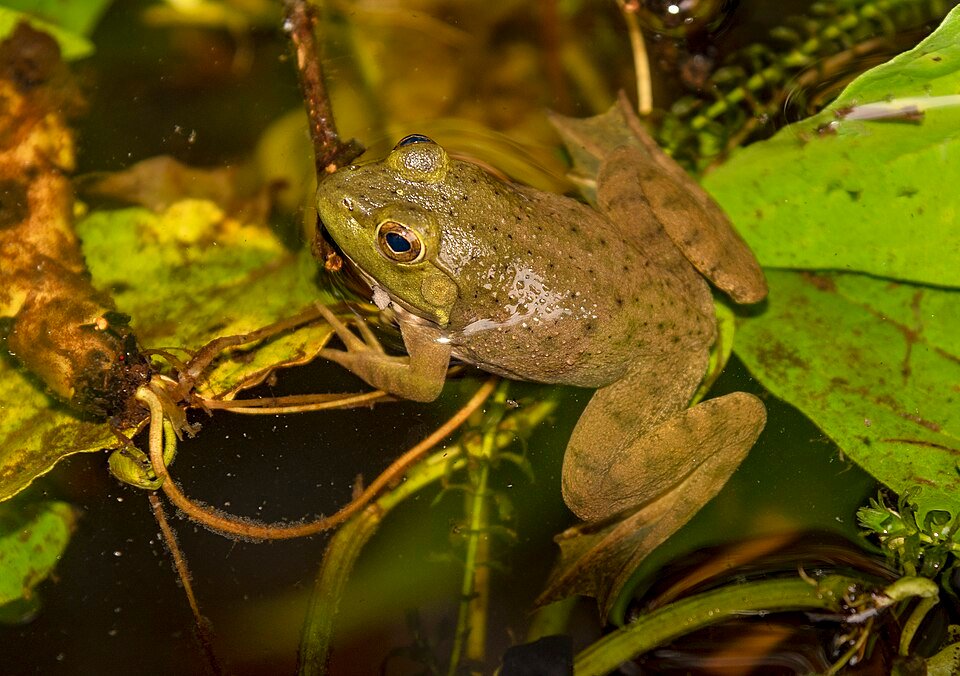Iowa, USA – The growing interest in aquaculture as a means of producing high-quality, fresh, never-frozen marine shrimp led to a new publication written by researchers at Kentucky State University and Purdue University.
“Small-Scale, Year-Round Shrimp Farming in Temperate Climates,” edited by Joe Morris, professor in natural resources ecology and management and extension aquaculture specialist at Iowa State, is available for free on the Iowa State Extension Store.
The 12-page document covers such topics as building and system design, water quality factors, feeding and health, as well as economic and marketing considerations.
“Even though they’re not native to the Midwest, there is still a large market potential for freshly produced marine shrimp that have never been frozen,” said Morris, who is also director for the North Central Regional Aquaculture Center based at Iowa State. “Anyone who has tasted fresh shrimp will recognize the difference.”
Many farmers use existing structures to produce shrimp, while others invest in new buildings. Morris said new buildings are often more efficient because they are built to withstand the heat, moisture and salinity that go hand-in-hand with producing saltwater shrimp.
Existing buildings require insulation and ventilation for year-round shrimp production and often are not as resistant to the heat and humidity as new structures. Morris said the decision comes down to economics and the expected return on investment.
The “Systems Design” section of the publication covers considerations for buildings, tanks, aeration, solids filtration and biofiltration.
Stay Always Informed
Join our communities to instantly receive the most important news, reports, and analysis from the aquaculture industry.
Morris is hopeful that this new publication will be helpful for aquaculture producers across the Midwest. He said there is strong demand for fresh, saltwater shrimp, but it must be produced economically and reach the marketplace in a timely fashion.
“The main stumbling block is how do you produce these animals efficiently,” he said. “The market is there but you have to balance that with the supply and expected profits.”
For more information, visit the North Central Regional Aquaculture Center online or contact Morris at 515-294-4622 or jemorris@iastate.edu.
Reference (open access):
Andrew J. Ray and Robert Rode. 2021. Small-Scale, Year-Round Shrimp Farming in Temperate Climates. North Central Regional Aquaculture Center. 12 p.
Source: Iowa State University
Editor at the digital magazine AquaHoy. He holds a degree in Aquaculture Biology from the National University of Santa (UNS) and a Master’s degree in Science and Innovation Management from the Polytechnic University of Valencia, with postgraduate diplomas in Business Innovation and Innovation Management. He possesses extensive experience in the aquaculture and fisheries sector, having led the Fisheries Innovation Unit of the National Program for Innovation in Fisheries and Aquaculture (PNIPA). He has served as a senior consultant in technology watch, an innovation project formulator and advisor, and a lecturer at UNS. He is a member of the Peruvian College of Biologists and was recognized by the World Aquaculture Society (WAS) in 2016 for his contribution to aquaculture.




